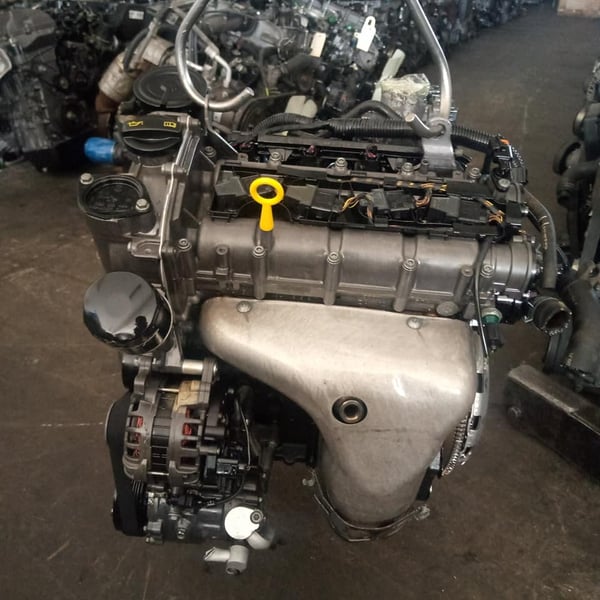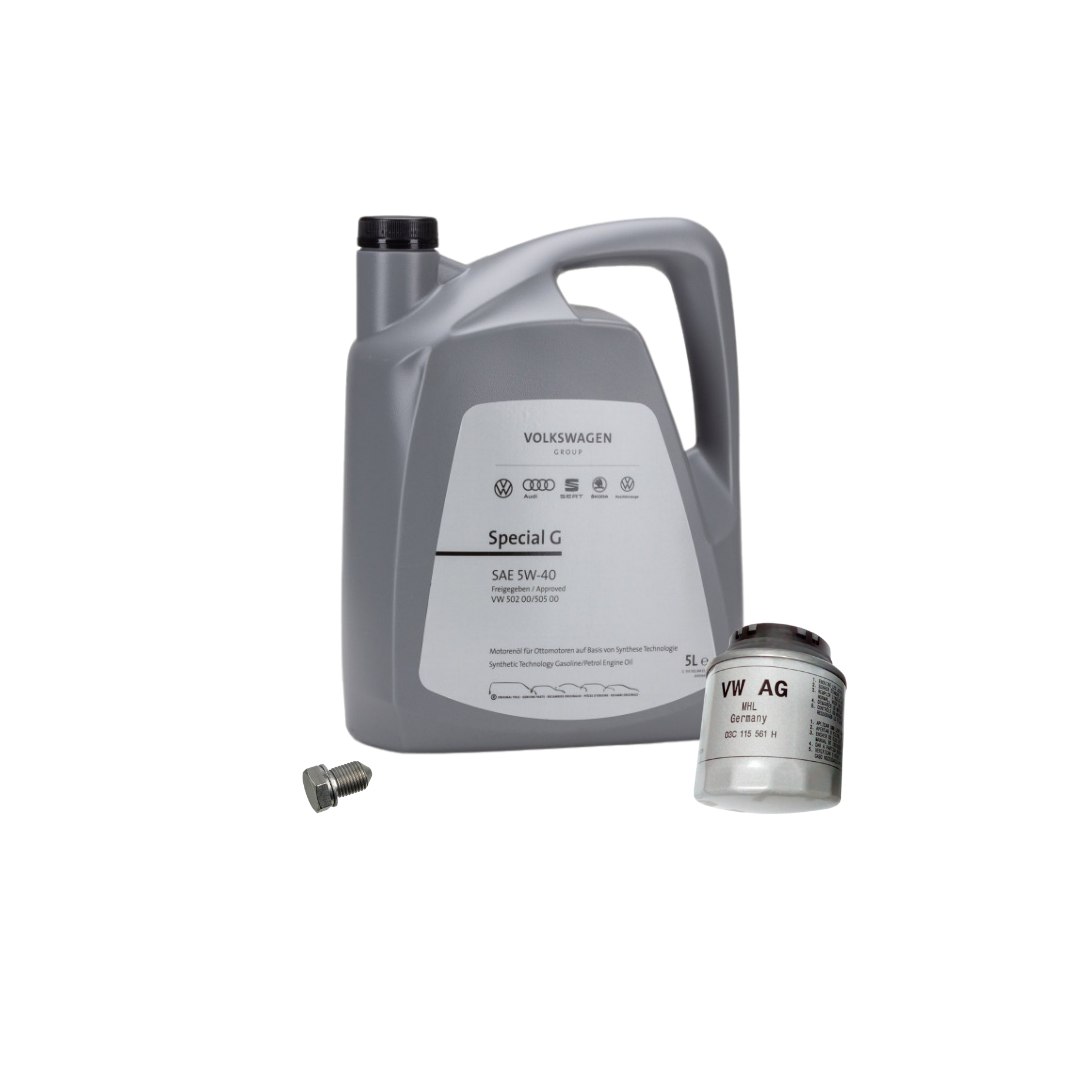Ensure long-term reliability with the right clp engine.
Wiki Article
Just How a Clp Engine Can Boost Effectiveness in Numerous Industries
The introduction of CLP engines marks a substantial shift in functional efficiency throughout different industries, driven by their capability to optimize gas consumption and minimize downtime. Industries such as production and logistics stand to get considerably from their robust design and constant power result, which assure to simplify operations and improve productivity. As companies progressively focus on sustainability along with efficiency, the function of CLP engines ends up being much more essential. What remains to be seen is how these advancements will certainly shape the future landscape of commercial operations and their effect on wider financial trends (clp engine).Summary of CLP Engines
CLP engines, or Continuous Fluid Propellant engines, stand for a considerable development in propulsion technology, especially for space applications. These engines use a constant feed system that allows for the continual expulsion of propellant, resulting in improved performance and efficiency compared to typical strong or hybrid propulsion systems. By keeping a continuous circulation of liquid propellant, CLP engines can accomplish extra specific thrust control, which is crucial for maneuvering spacecraft in numerous mission scenarios.The design of CLP engines incorporates sophisticated products and cutting-edge fuel management systems. clp engine. This leads to reduced weight and raised integrity, essential factors for long-duration area objectives. The continuous operation minimizes the risk of combustion instability, a common obstacle in standard rocket engines.

Benefits in Manufacturing
The production of Continuous Fluid Propellant (CLP) engines provides several noteworthy advantages that improve both efficiency and cost-effectiveness. Among the primary benefits is the structured production process, which minimizes the complexity associated with typical propulsion systems. By making use of fluid propellant, producers can accomplish better precision in engine efficiency, leading to maximized power output and reduced waste.In addition, CLP engines promote a greater degree of modularity, enabling for simpler combination into numerous manufacturing lines. This adaptability can significantly decrease lead times and improve general functional versatility. The usage of CLP innovation likewise has a tendency to minimize the need for considerable upkeep due to less moving components, which converts right into decreased downtime and operational costs.

Applications in Logistics
Leveraging Continuous Liquid Propellant (CLP) engines in logistics offers substantial benefits in operational performance and reliability. These engines offer a robust solution for various transport requirements, making it possible for this content the smooth motion of goods across vast ranges. The inherent design of CLP engines permits for constant power result, which converts into smoother and more foreseeable transport schedules.Among the vital applications of CLP engines in logistics is in heavy-duty products transport, where they can drive both ground and airborne vehicles. Their capacity to keep high performance under differing lots problems makes sure that delivery timelines are fulfilled, thereby boosting customer complete satisfaction. Additionally, CLP engines can be integrated right into automated logistics systems, helping with real-time monitoring and optimizing path planning.
In addition, the sturdiness of CLP engines lowers upkeep downtime, permitting logistics companies to optimize their functional abilities. This is specifically valuable in warehousing procedures, where efficiency in managing and moving goods is essential. As logistics continues to advance, the integration of CLP engines represents a forward-thinking method that not only enhances performance however likewise sustains the market's growing demands for reliability and rate.
Influence On Power Effectiveness
Exactly How do Continuous Fluid Propellant (CLP) engines improve energy performance in transport? CLP engines utilize a consistent flow of fluid gas, maximizing combustion procedures and maintaining a steady drive result. This design reduces energy losses connected with traditional burning engines, where fuel shipment can vary and result in ineffectiveness.The continual operation of CLP engines permits an extra efficient thermal cycle, resulting in greater particular get redirected here impulse contrasted to conventional engines. clp engine. This converts to reduced fuel usage for the same amount of work done, dramatically decreasing functional expenses throughout various transport fields, consisting of aeronautics and maritime markets
Furthermore, the ability of CLP engines to preserve optimal performance under varying tons conditions lowers the need for regular velocity and deceleration, better enhancing fuel efficiency. Improved energy efficiency not only adds to set you back financial savings but additionally results in reduce greenhouse gas emissions, lining up with international sustainability objectives.
Future Trends and Innovations
Arising advancements in Constant Fluid Propellant (CLP) engine innovation assurance to transform the landscape of transportation performance and sustainability. As industries pivot toward greener options, CLP engines stand at the forefront, integrating cutting-edge products and layout approaches that boost performance while reducing ecological effect.One of one of the most appealing trends is the adoption of hybrid systems that incorporate CLP engines with renewable resource sources. This harmony can maximize fuel consumption and reduce discharges, aligning with international sustainability objectives. In addition, improvements in computational liquid characteristics (CFD) are facilitating the style of more aerodynamically efficient engines, bring about reduced drag and improved gas effectiveness.
Additionally, the development of smart surveillance systems is set to boost functional effectiveness. These systems take advantage of data analytics and IoT technology to optimize engine efficiency find out here now in real-time, making certain that the engines run within their most efficient criteria.
As study proceeds to check out alternative propellant formulations-- such as biofuels and synthetic fuels-- the future of CLP engines looks appealing. By taking advantage of these advancements, sectors can not just improve their efficiency however additionally add substantially to a cleaner, a lot more lasting future in transportation.
Final Thought
In verdict, CLP engines represent a significant improvement in effectiveness across numerous markets. Their capability to enhance gas consumption and lower functional costs, incorporated with a continual feed system, boosts power outcome and operational reliability. The assimilation of sophisticated products and less relocating parts reduces maintenance needs, while alignment with sustainability objectives positions CLP engines as an essential innovation for the future. Continued development in this field guarantees additional enhancements in effectiveness and environmental performance.Report this wiki page